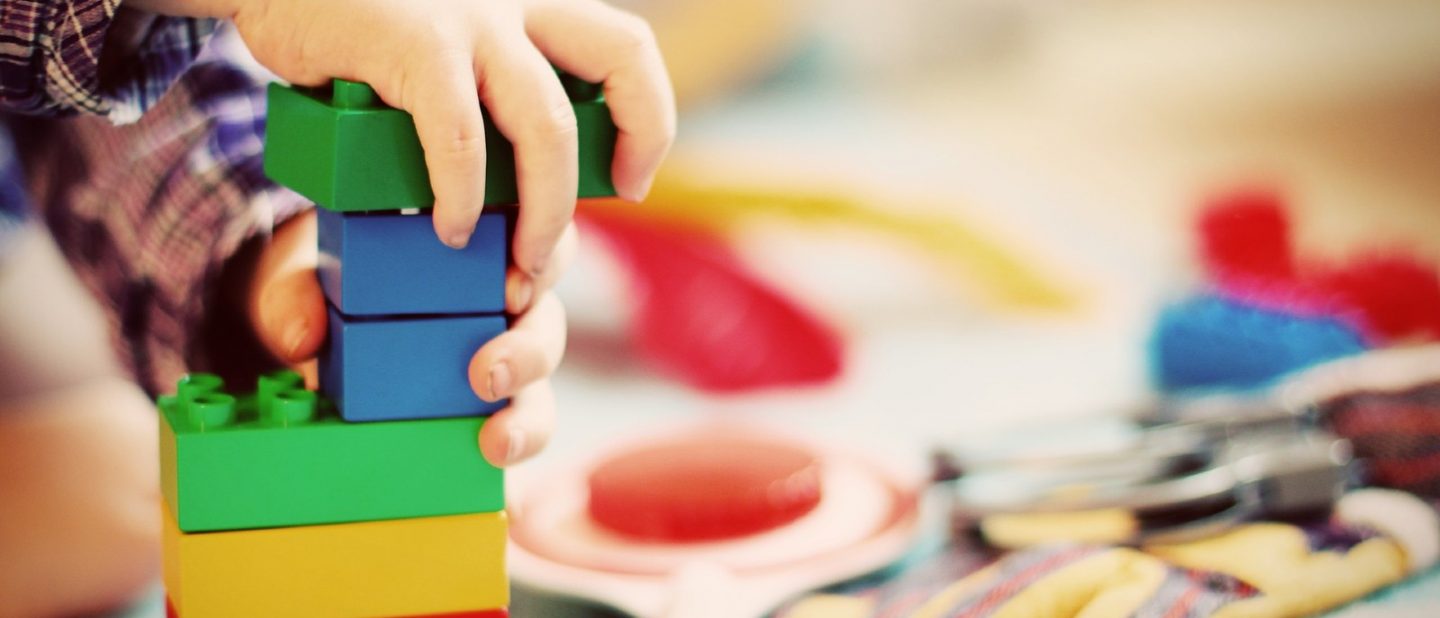
Helping your child to ‘cross the midline’
If your child has had occupational or physiotherapy you may have heard their therapist talk about ‘crossing the midline’. Let’s go through what they’re talking about, why it’s important and how you can help your child develop this important skill.
What is it?
Draw an imaginary line down the middle of your body, starting at your head – this is your midline. Crossing the midline with our hands/arms involves the coordination and communication of both the right and left sides of the brain; it is something the majority of us do every day without even thinking about it and it’s an important developmental skill children need to acquire to assist with writing, cutting, sport, tying shoelaces, and more. As ‘typical’ babies grow they will usually acquire the ability to cross
the midline through developing body awareness and play such as when they reach for toys and other objects. Children with neurological impairments and physical disabilities may find this more difficult to master.
Why is it important?
Difficulty in crossing the midline can impact children both neurologically and physically. It’s a core activity that helps build your child’s neurological pathways and is key to the development of other movement and cognitive skills.
Writing across paper at school may be difficult for example, visual tracking and reading across the page may also be affected and your child may experience mental fatigue with the increased effort required for the left and right hemispheres of the brain to communicate.
Crossing the midline also helps your child to develop a dominant hand which is important in being able to carry out fine motor skills and learning to write. If both hands are being used equally (because your child is not reaching across the body with the opposite hand for example) a dominant hand with its additional strength and dexterity may not emerge.
When a child can effectively cross the midline, they will also have an adequate level of core strength which allows for trunk rotation when carrying out an activity (getting dressed, for example).
What do delays look like?
There are numerous ways a child may struggle when they have difficulty crossing the midline. Other factors may be at play and not all children are the same, obviously, but look out for the following:
- Engaging in tasks on one side of the body only (i.e. only ever reaching for an item on their right side with their right hand)
- Difficulty zipping up bags
- Difficult putting shoes and socks on
- Sitting awkwardly at their desk and twisting their body to write
- Difficulty kicking or hitting a ball across their body
- Difficulty reading from left to write
- Problems using cutlery in the appropriate way
- Not establishing a dominant hand
- Difficulty sitting cross-legged or getting their body into a cross-legged position.
ACTIVITIES TO HELP DEVELOP THE SKILL
Target practice: Set up paper cups and let your child take aim with a water gun – just make sure they have to aim diagonally across themselves to hit the target!
Sorting: Ask your child to sort objects into piles and encourage them to reach across their body to pick up items and place them in the correct pile.
Vertical painting or drawing: Painting fences with water, drawing with chalk, paint on large pieces of paper. Encourage your child to keep their trunk as still as possible and reach across themselves to create shapes.
Household Chores: This is great because you get yourself a little helper! Sweeping the floor, washing the car, washing windows and wiping flat surfaces all give your child the opportunity to cross the midline.
Dancing: Use ribbons or scarves and make up dances with lots of cross body movements.
Lazy eight track: Create a track for cars in a sideways eight (infinity figure). This will encourage your child to move the cars in large, smooth, sweeping movements.
Digging in the dirt or sand: One for the beach or camp site. Place a bucket on one side of your child and the spade on the other so that they have to dig and rotate to fill the bucket.
If your child has difficulty with skills involving crossing the midline make sure to discuss your concerns with your GP, paediatrician, or occupational therapist or physiotherapist.







